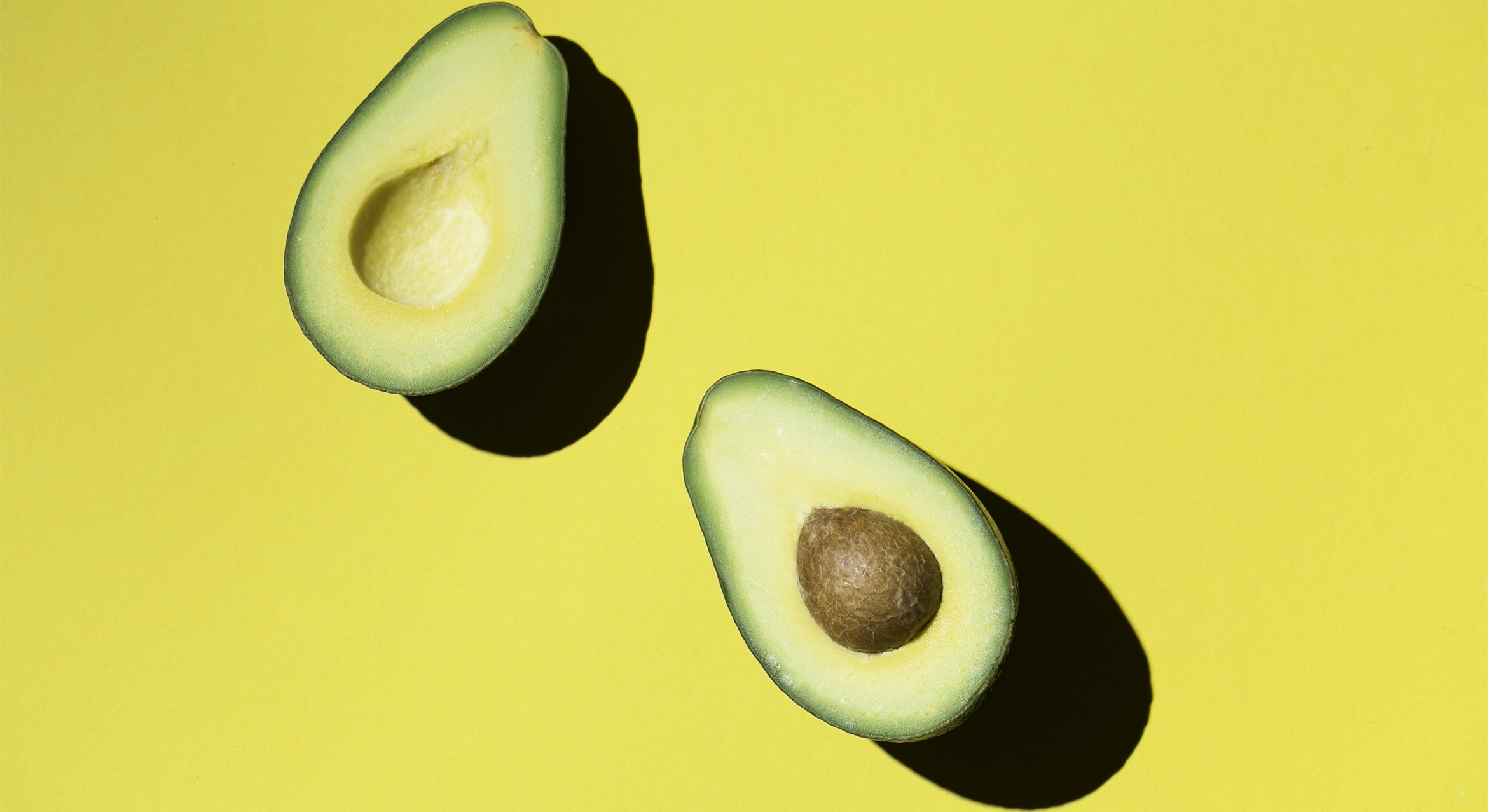The Art of Research

It’s tempting to assume that the “official” information about objects in a museum’s collection is fixed and unchanging. Facts are eternal, right? Not so much, as it turns out. Maybe the information was incomplete to start with, or the flow of time has made it inaccurate.
A course at UC Santa Barbara will tackle these gaps in knowledge with objects from the university’s Art, Design and Architecture Museum (AD&AM). The class, “Survey: Arts of Africa, Oceania and Native North America,” in UCSB’s Department of History of Art & Architecture (HAA), will examine 15 objects with the aim of updating details about each one. New museum labels will then be created to reflect the research.
The course will be accompanied by an exhibit, “Revising the Archive: Arts of Africa, Oceana and Native America,” in the UCSB Library’s Art & Architecture Collection March 29 through June 9. The objects on display are those being analyzed in the survey. When the class is over, the revised information about each item will be provided to the museum.
Ashleigh Lynch, a Ph.D. candidate in HAA who will lead the undergraduate course, said students will benefit as much as the museum. Researching the 15 diverse objects — five from each cultural group — will prove formidable and rewarding.
“I think for them the challenge will be learning how to research properly, like where to begin,” Lynch said. “That’s the point of these mini-exercises: to examine how we gain information from looking closely at objects. And how to utilize different resources to help contextualize them historically and aesthetically. I believe these will be some of the challenges of this project — teaching them how to learn. That’s the challenge; that’s the fun.”
Sylvester Ogbechie, a professor in HAA and Lynch’s faculty advisor, said the survey course is unique in its breadth of coverage and focus on African, Native American and Oceanic arts. “The class tries to draw comparisons between modes of cultural practice in indigenous contexts impacted by encounters with the West, Western colonialism and efforts by indigenous cultures to redefine cultural identity in contemporary political and social context,” he said. “In all instances, we emphasize the depth of cultural production in these contexts and try to fit the colonial encounter into this long history.
“For many students,” Ogbechie continued, “the discovery of viable art traditions with longevity, historical depth and complex meanings in the arts of Africa, Oceania and Native North America changes their understanding of art history for the better.”
In analyzing the objects, Lynch said, sheer numbers should help. The spring class will have about 100 students, with rotating groups assigned to a single object. With that many people examining just 15 items, she noted, it should be easier to reach consensus on what each is, its origins and purpose. “It’ll be interesting not only to see the overlap, but what anomalies they discover,” Lynch said. “It might open up our understanding of these objects to have so many eyes on them.”
The idea for this unique learning opportunity came to Lynch after working as a teaching assistant in the survey course over the past couple of years. The new wrinkle — analyzing objects and updating their labels — would benefit both students and the museum, she explained.
“These students need to know about the campus’s resources,” she said. “For the African collection alone there are over 300 objects. Over time there’s been this accumulation and I think it’s important now to focus on analysis. I’m hoping that in the future we can rotate these objects out of storage in order to get more eyes on them. In this way it benefits not only the students to be familiar with the aims of the discipline, but also the resources that are available to them on this campus.
“It’s a great symbiotic relationship where students are working to build their knowledge of artistic practices in these vast cultural areas while the museum works to revise its own archive,” Lynch continued. “It’s especially nice that their efforts for this assignment will materialize beyond the scope of the classroom given that the greater public will have the opportunity to encounter these updates by visiting the museum’s database.”








